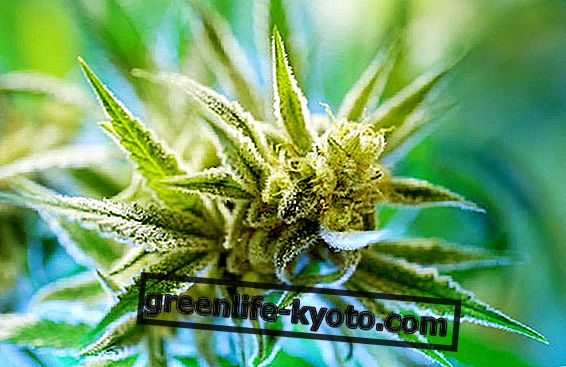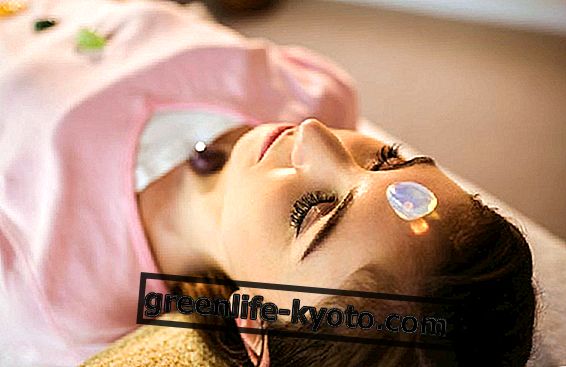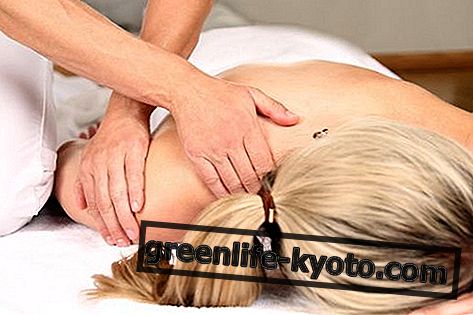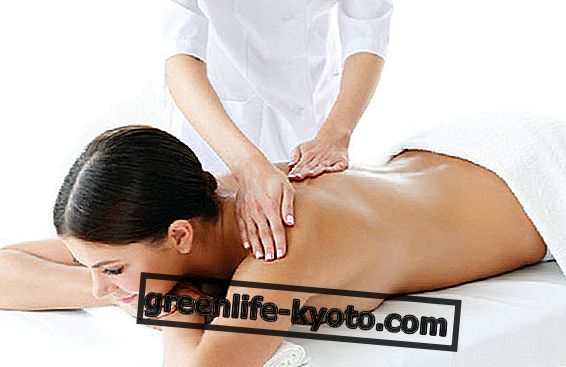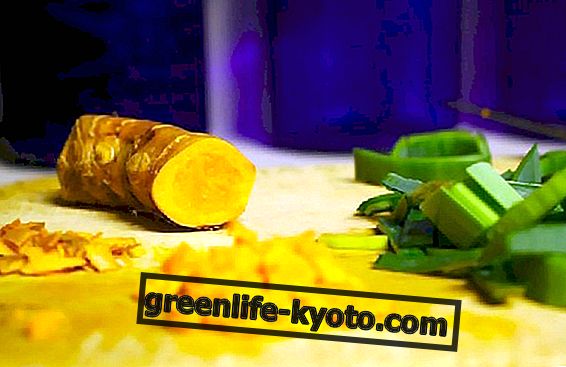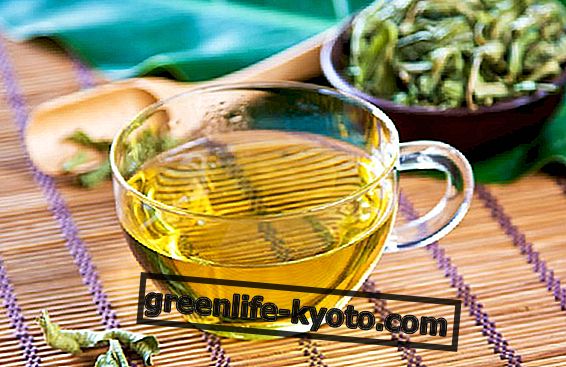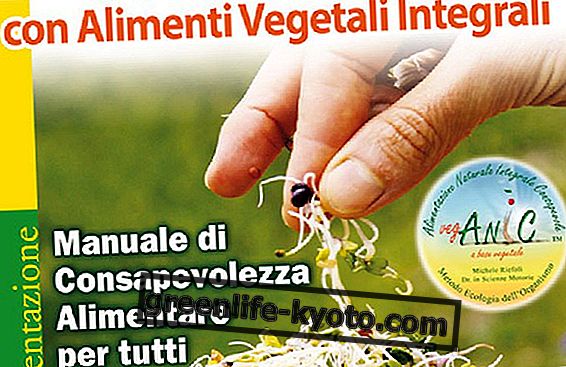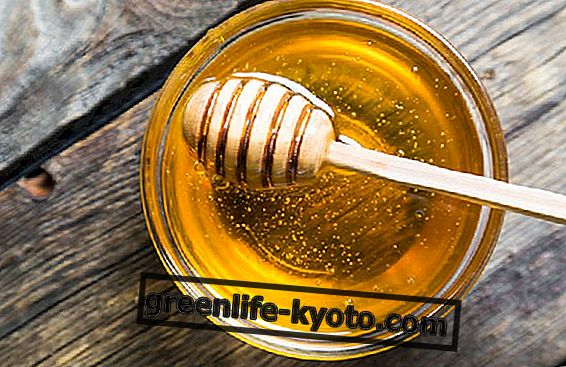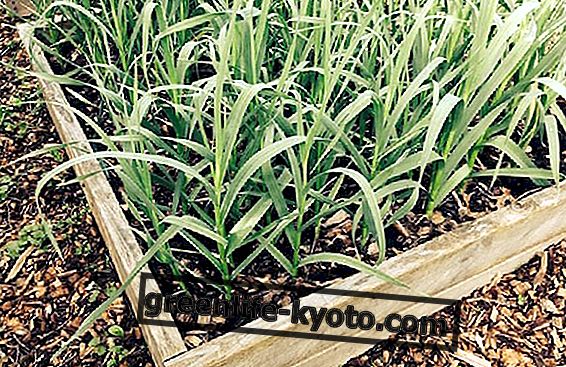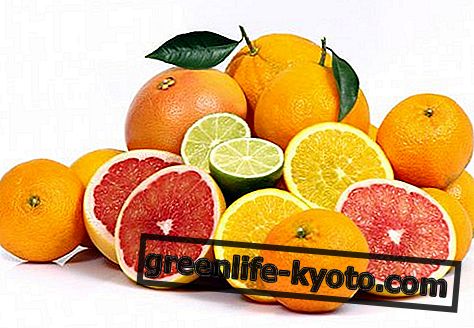Aloe vera is an anti-inflammatory and cicatrizant plant, useful for immune defenses, to protect and repair tissues and against rheumatological diseases of autoimmune origin. Discover all the benefits and how to use it.
Aloe vera ( Aloe barbadensis Mille ) is a plant of the Aloeacee family . Widely used for its anti-inflammatory, depurative and nourishing properties, it also benefits people with HIV and leukemia . Let's find out better.

Properties of aloe vera
From the leaves of the plant a dense, concentrated juice is extracted with manual work, the consistency of a gel, whose phytocomplex contains many active principles with immunostimulant, anti-inflammatory, depurative, nourishing and remineralising properties. The multiple virtues seem to be the result of a synergistic action of these compounds, which make it to all effects, "plant of immortality" and "queen of all remedies".
Aloe restores the functionality of the lazy intestine, carrying out a balancing action on the pH and bacterial flora, useful in cases of constipation and diarrhea.
For internal use, mucopolisaccarid i can be attributed to the protective action of the mucous membranes, because, by adhering to the walls of the digestive tract, these substances form a sort of protective film capable of defending the internal tissues of the stomach from gastric juices or irritants, which would alter the proper functioning of the digestive system. For this reason aloe juice is indicated in cases of gastritis, colitis, irritable bowel, ulcer, and for any inflammation of the mucous membranes.
The healing and re-epithelising property of aloe is due to the presence of polysaccharides derived from mannose ( glucomannans ), which stimulate the activity of macrophages, potentiate, collagen synthesis, increase cell regeneration, thus improving the lubrication of cartilages and joints .
Furthermore, among the polysaccharides, Acemannan, has been found to have immunomodulatory properties, that is able to regulate immune responses to infectious or sensitizing agents, such as in the case of allergies or autoimmune diseases . These active ingredients make the plant an excellent remedy to increase the activity of macrophages (phagocytes) against toxins and tumors .
This action, directed at the immune system, helps protect the body from viral infections, in case of colds, fever, bronchitis, Herpes, recurrent infections . The intake of aloe juice has proved to be of enormous utility in cases of patients suffering from HIV and leukemia, due to its ability to restore the balance of T and B lymphocytes .
Steroids are attributed the anti-inflammatory property, similar to that exerted by synthetic steroid-based drugs, frequently used in rheumatologic diseases of autoimmune origin, but devoid of all the toxic side effects of the chemical molecules in question. For this reason it helps with osteoarticular problems, such as arthritis, rheumatism and joint pain .
Aloe vera among the natural remedies for arthritis: discover the others

The intake of aloe juice also favors the detoxification of the organism both from exogenous toxins, therefore coming from the environment, introduced orally or respiratory, and from endogenous ones, waste products of the metabolism, such as catabolites, thus helping the purifying action of the liver.
The minerals present guarantee a good supply of oxygen to the tissues and a better blood supply . The presence of folic acid was effective in treating the various anemias; while manganese and selenium fall into two important enzymes (glutathione peroxidase and superoxide dismutase), responsible for the antioxidant action of aloe, which is able to slow down the cellular aging process .
The anthraquinones are defined as the " body scavengers ", because they purify the body by exerting their laxative action through the stimulation on the muscular contractions of the colon (peristalsis). However, in the course of studies on aloe it has emerged that this substance can be toxic over time or cause serious gastric or hepatic disorders.
For this reason the aloe juice is processed by removing the aloin. This substance is a bitter, yellow-brown organic compound present in the parenchyma (the outermost part of the leaf) of at least 68 species of succulent plants belonging to the genus Aloe .
For external use the Aloe Vera gel is known for its anti-inflammatory, soothing and stimulating cell regeneration properties, moisturizing, refreshing, healing .
Its use is ideal in case of dry and damaged skin, sunburn, skin irritation and burns, insect bites, itching, abrasions and dermatitis, ulcerative lesions, sores .
Finally, its gelatinous consistency makes it an excellent carrier of essential oils when they are to be applied on the mucous membranes in local use as in the case of the tea tree essential oil used for gingivitis or candida.
Discover all the cosmetic uses of aloe vera
Method of use
INTERNAL USE
All the operations for extracting the juice must be carried out as far as possible from light sources, to avoid the oxidation of some active ingredients and thus cancel some properties; and immediately after harvesting the leaves.
Clean the leaves with a slightly damp sponge, remove the thorns from the edges of the leaves, cut them and peel them, to remove the external fibers and extract the central part (internal thread) translucent, and squeeze it and take it.
In this way, all the molecules of phytotherapic interest contained in it can be fully recovered, able to carry out the multiple activities of the plant.
2 tablespoons of aloe vera juice as soon as you wake up and 2 before going to sleep, pure or diluted in fruit juice, away from meals.
Contraindications
It is advisable for people who are accustomed to ingest homemade drinks, using the whole leaf, to take the preparation very carefully and for short periods, given the high content of aloin present in the rind.
The use of these preparations also presents contraindications in pregnant women and in case of severe liver or intestinal problems .
The properties of Aloe Socotrina, a homeopathic remedy extracted from Aloe vera
Description of the plant
Perennial succulent plant with shrub, up to 1 m tall. The leaves spotted in the growth phase, take on a uniform green color in the adult state, covered with a protective film that allows the plant to filter the air and water.
Under this membrane we find a first cellulosic layer that encloses the Aloe. Finally, enclosed in this triple plant protection, we find the aquifer parenchyma a colorless fabric made up of the gel of the plant so much sought after.
The quality of the latter depends very much on the type of climate and irrigation. In the true variety the leaves are arranged in tufts, simple, 40–60 cm long, long lanceolate, with acute apex. They have thorns only along the sides. The flowers are constituted by a scape that rises from the center of the leaves, consisting of a raceme inflorescence with an enlarged axis. They are yellow to red in color.
It is a self-sterile plant, it reproduces therefore only with cross-pollination, since the male and female flowers of the same plant do not cross each other. The fruits consist of a loculicidal capsule.
The aloe habitat
Originally from the northeastern coast of Africa and the Mediterranean basin, from which it probably spread to India, islands of the Indian ocean, but also the American continent, from Texas to Mexico to Venezuela, and even Oceania. The plant prefers warm and dry climates and grows spontaneously on dry and calcareous soils, but can also be cultivated, both by seed and by cuttings.
Background
The term Aloe (" Allo eh " in Arabic, " Halal " in Hebrew, " Alo hei " in Chinese, " Aloe " in western countries) derives from the Greek root Alos, which means " salty substance" perhaps referring to its maritime habitat ; while another reliable derivation seems to be that which makes it descend from the Arabic word alua, which means " bitter ", as indeed is the complete juice of the plant. Aloe Barbadensis owes its name to the Barbados Islands, but is also present in the rest of the Antilles, in the Caribbean
Aloe Vera has been known for thousands of years for its medicinal properties: it is mentioned in the Old Testament, in the Gospels and in very ancient documents that handed down the use of Aloe to the Egyptians, the Chinese, the Indians and the Arab peoples.
Called a plant of immortality by the ancient Egyptians, it was planted near the entrance of the pyramids to indicate the path of the Pharaohs towards the land of the dead. Also used as an ingredient in the preparation of balms for mummification, as in the case of the Pharaoh Ramses II . The oldest document referring to Aloe vera seems to be the Ebers Papyrus (circa 1500 BC), which is currently preserved at the University of Leipzig, which lists the health properties of the sap of this plant.
Hippocrates (460-337 BC), the father of Western Medicine, repeatedly mentions the use of Aloe in his treatises, extolling its anti-inflammatory, regenerating and disinfectant properties .
Dioscorides, a Greek physician (AD 20-70), author of the oldest treatise on pharmacology we received, De materia medica widely described the beneficial effects of this plant for healing wounds, wound healing, protection and relief against sunburn, itching and skin inflammation. Also Pliny the Elder, author of the famous treatise Historia Naturalis, described the therapeutic uses of Aloe juice to treat wounds, stomach disorders, constipation, insect bites, oral problems. The Ancient Romans in fact exploited the Aloe for its healing properties : it was used in the form of balm for the treatment of soldiers' war wounds .
During the Middle Ages and the Renaissance the medicinal use of the Aloe spread in Europe, and its use for curative purposes was introduced then also in the New World, perhaps by the Spanish missionaries. From that moment the cultivation of the plant spread first in the Caribbean and later in Mexico and South America.
In 1851 two English researchers, Smith and Stenhouse, isolated aloin the substance with laxative effects; while in 1935 Creston Collins and his son revealed in a report that later became famous, the possible use of Aloe to treat the devastating effects of radiation .
At the end of the 1950s, the Texan pharmacist Bill Coats succeeded in stabilizing the pulp with a natural process, and finally the doors were opened for the commercialization of Aloe-based products for industrial use. This process, which preserves the enzymes and vitamins present in the juice, consists in incubating the gel with the addition of vitamin C (ascorbic acid), vitamin E (tocopherol) and sorbitol.
